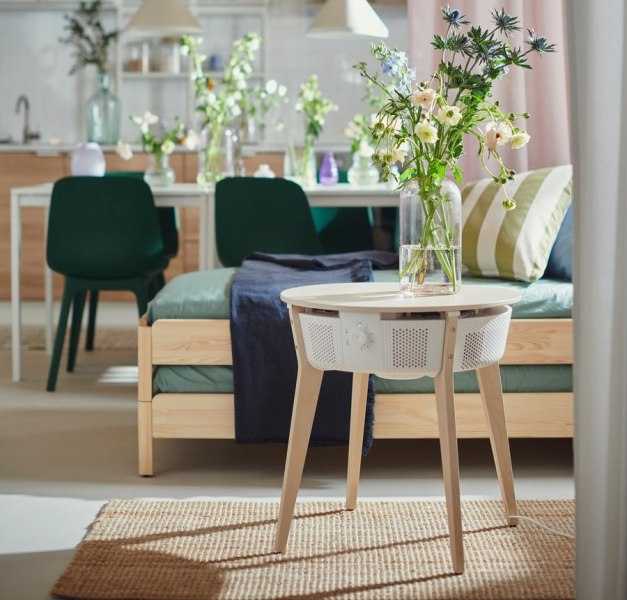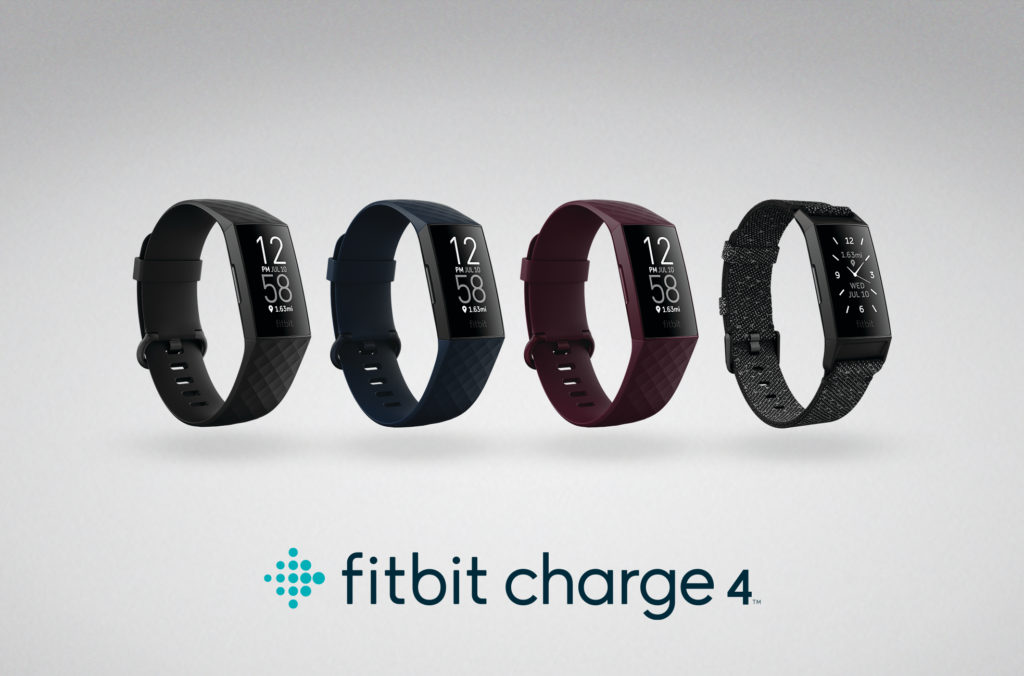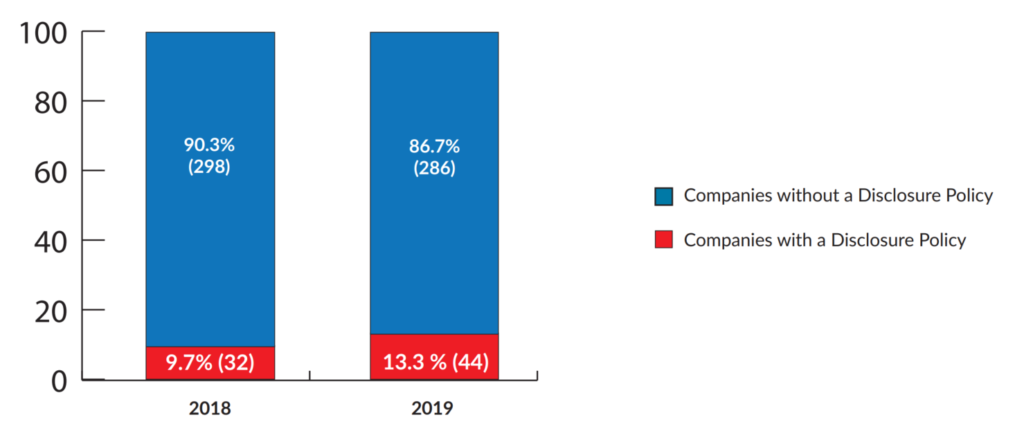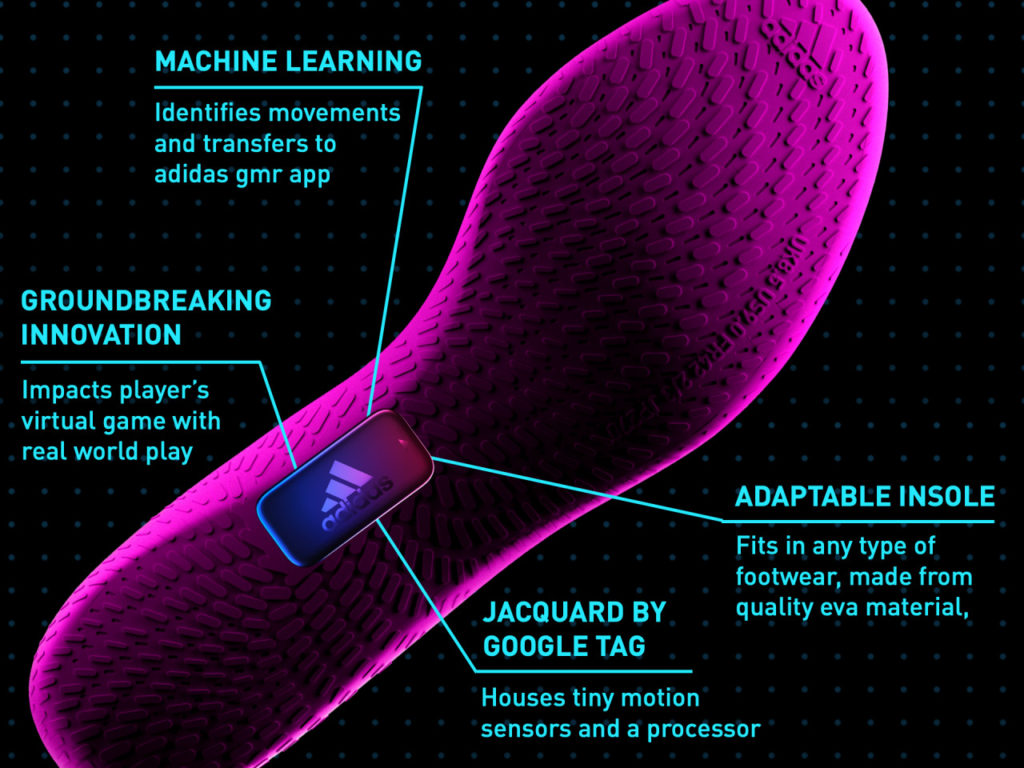This week’s show kicks off with the news of the Raspberry Pi Trading company closing a new funding round of $45 million. We talk about what the Pi Trading company is, how it relates to the Foundation, and how companies are building Pis. We then dig into Apple’s plans for healthcare, including plans for tracking mental illness. Plus, we give an update on what iOS 15 means for HomePods. Helium’s network expands, or rather Senet’s LoRaWAN network expands thanks to a deal with Helium, and Inmarsat provides some context about how COVID-19 is driving adoption for IoT connectivity technologies. Arlo has updated its support options, and we hate them. Facebook has introduced new devices, and we’re kind of meh on them. But Wyze has a new camera that pans, and we’re into that. Then we talk about Kevin switching to the Meross HomeKit garage door opener. We also answer a listener question about the newly launched Home Assistant Amber device on the IoT Podcast Hotline.
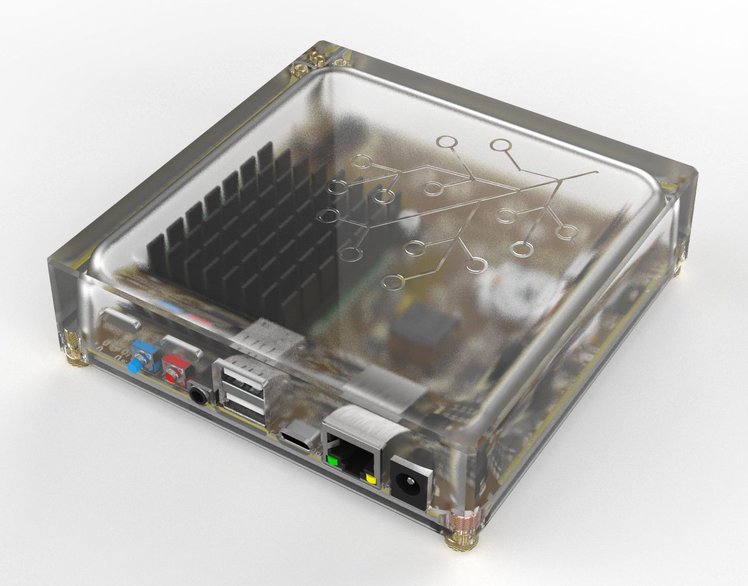
This week’s guest is Leo Simonovich, the head of industrial and cyber at Siemens Energy. He and I talk about the threats facing the grid, especially as we add renewables and more two-way devices. He also points out that while the media focuses a lot on nation-state attacks, issues like ransomware and other threats are far more likely and damaging. Siemens Energy recently announced a new security product, so he explains how the company is closing the divide between IT and OT while also adding credence to the idea that we need to watch how devices behave in the real world and not just on the network when it comes to security monitoring.
Hosts: Stacey Higginbotham and Kevin Tofel
Guest: Leon Simonovitch, Siemens Energy
Sponsors: Trek10 and Ayla Networks
- You may be surprised by who’s buying Raspberry Pis
- Do you want an algorithm to diagnose mental illnesses?
- Arlo’s new support plan is anti-consumer
- Why the energy grid is such a reliable target for malicious hackers
- Siemens is using digital twins to help secure the grid
Podcast: Play in new window | Download | Embed
Subscribe: RSS

